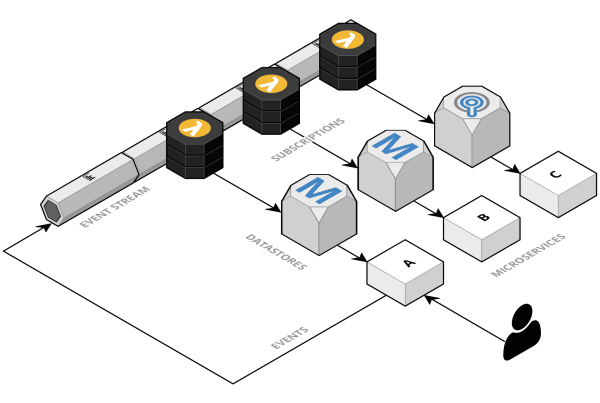Navigating the intricate maze of DevOps workflows requires more than just technical skills; it demands a visionary approach that harmonizes speed with accuracy.
As we dive deeper into the realm of on-premises environments, the challenge intensifies, pushing us to seek out innovative solutions that promise not just efficiency, but also a sustainable competitive edge.
Here’s a comprehensive exploration of automating your DevOps workflows, distilled into strategic insights for transforming your development lifecycle.

Decoding DevOps Workflow Automation
At its core, DevOps workflow automation orchestrates the seamless integration of development and operations, streamlining the end-to-end process of software delivery. It’s the backbone that supports:
- Continuous Integration (CI): A virtuoso at integrating code changes, CI tools like Jenkins ensure that every contribution is harmonized into a shared repository, spotlighting conflicts early for swift resolution.
- Continuous Delivery and Deployment (CD): Tools in this space automate the journey of applications from code to customer, encapsulating everything from packaging to deployment across diverse environments.
- Continuous Testing: Automation transcends traditional testing, embedding quality checks at every phase with tools that cover unit, integration, and performance testing.
- Infrastructure as Code (IaC): The automation of infrastructure through code, facilitated by tools like Terraform, ensures consistent and error-free environment setups across the board.
- Monitoring and Logging: Vital for the proactive identification and troubleshooting of issues, automated monitoring tools keep a vigilant eye on system health and application performance.
Three Pillars of Successful DevOps Automation
1. Identify and Seize Automation Opportunities
The journey begins with a meticulous assessment of your DevOps landscape to pinpoint processes ripe for automation. Focus on tasks that, though critical, are repetitive and time-intensive – think environment provisioning, routine testing, or mundane deployments. By automating these aspects, you not only liberate your team for more creative endeavors but also significantly reduce the margin for error.
Leverage the power of open-source tools such as Kubernetes for container orchestration or GitHub Actions for CI/CD. These platforms offer the dual benefits of robustness and community-driven enhancements, ensuring that your automation foundation is both solid and cutting-edge.
2. Embrace the Right Tools and Integration
The choice of automation tools is pivotal. Align your selection with both current needs and future growth. Whether it’s cloud-based giants like AWS for their expansive services or niche platforms that offer specialized capabilities, the goal is to find tools that resonate with your workflow.
APIs are the unsung heroes of DevOps, enabling disparate tools and systems to communicate seamlessly. A well-architected API strategy ensures that your version control systems, testing frameworks, and deployment tools operate as a cohesive unit, streamlining your workflow from code commit to production deployment.
3. Iterate and Enhance Continuously
Automation is not a set-it-and-forget-it affair; it thrives on iteration. Employ real-time metrics and dashboards to monitor the health and efficiency of your automated workflows. Encourage feedback from all stakeholders to identify bottlenecks or inefficiencies, and use these insights to refine your approach.
Testing plays a crucial role here. Before any automated workflow reaches production, it should be rigorously validated in a controlled environment. This proactive approach minimizes disruptions and ensures that your automation strategy delivers on its promise of speed and quality.
The Future Is Automated
In the tapestry of modern software development, automation is the thread that binds innovation to efficiency. As you embark on or continue your DevOps journey, remember that the ultimate goal is not just to automate for the sake of automation but to foster an environment where quality, speed, and innovation converge. Through strategic automation, we can not only elevate our development practices but also pave the way for a future where technology and human creativity achieve unprecedented milestones together.

Dive deeper into our methodologies and success stories at CD Cloud Logix. For inquiries and partnerships, reach out to us, and let’s embark on a transformative journey toward automated excellence in DevOps.





